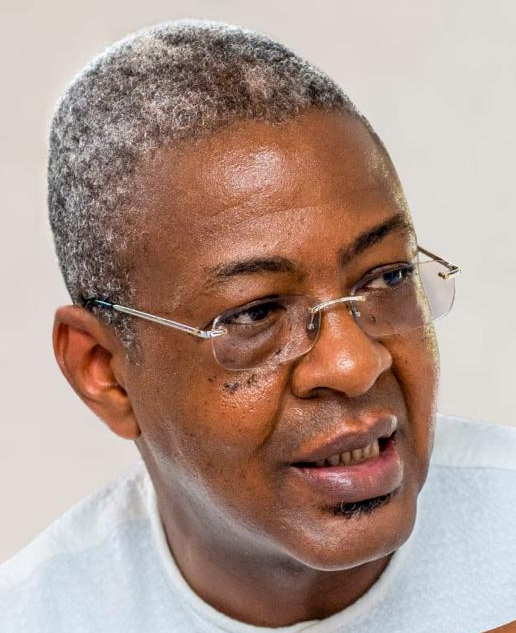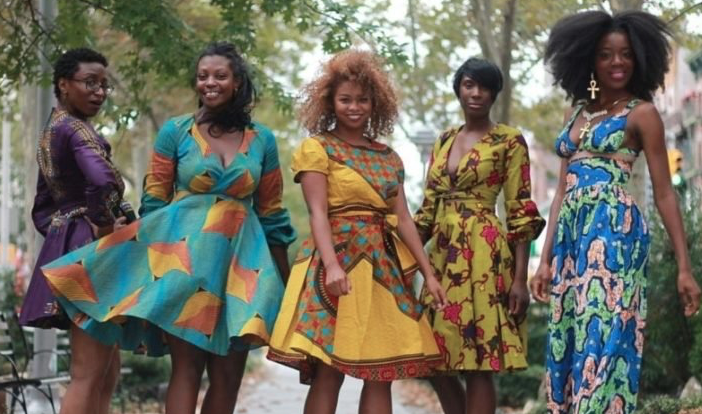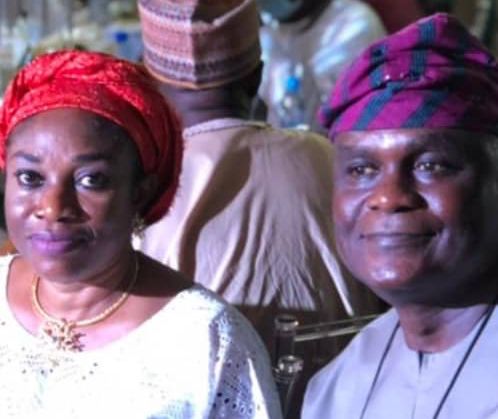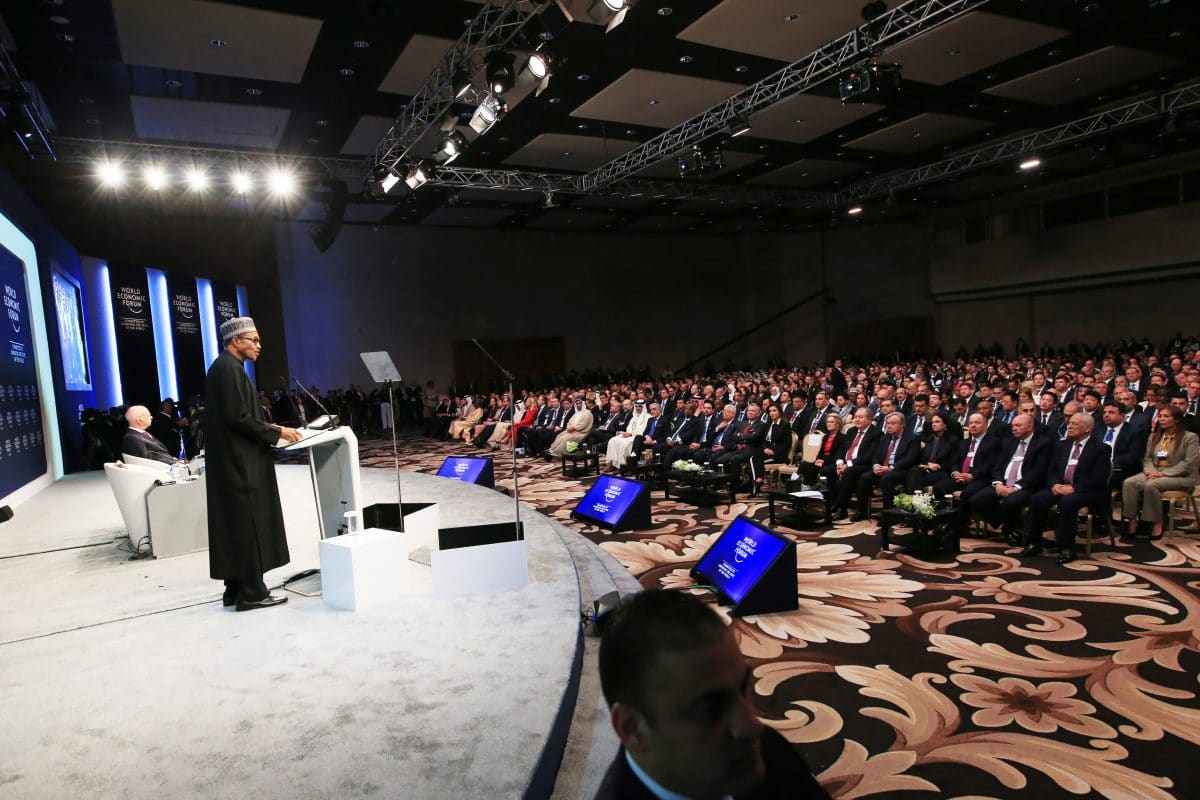Nigeria has remained an enduring hub of style – that state of being, or cultural outlook, reflecting our choices, attitudes or vibe – whether culinary, sartorial or of coiffure, from earlier periods. Today, sartorially, this is apparent in the vivacious ways we rock the isiagu or adire prints, the aso oke or Danboyo and Madakare patterns, etc., much of whose expressions are leaning on the creativity of many, who are bringing modern sensibilities of design to mix, re-mix and re-imagine the traditional forms, towards newer, cutting-edge outlooks.
Even if manifestations of Nigerian fashion do not readily pander to lurid exhibitionist inclinations in the manner of, say, the sapeurs of central Africa – in more recent times, they have persisted as nuggets of attraction, inspiring and pulling hosts of people into communion with their beauty and novelty. Through time, the composite of Nigerian fashion – from the Sahel to the savannah and rain forest – has continued to draw pilgrims, journeying across different trade routes, to its fairs.
Fashion as a subset of style has always had its tribe of seekers, who tour to experience their objects of desire. The craving and traffic have only increased in these days and times. Presently, fashion as a sphere of desire and economic activity is one that holds great potential, as the world, particularly Nigeria, makes bold strides towards recovery, following the different levels of pushback to the coronavirus offensive.
This is a sector that has recently been calibrated, astoundingly, as a N2 trillion industry, by the Nigerian Culture minister, Alhaji Lai Mohammed, and which is geared for greater growth with the resumption of demand, and increased sectoral activity, on the heels of the current economic recovery. As profiled by the National Bureau of Statistics, the Nigerian fashion industry has been on an upward growth trajectory of 17 per cent per annum in the past decade, which is consequent as much on its increasing sophistication, as its capacity to attract global attention.
Advertisement
Fashion has always been closely linked to tourism, as mentioned, with people constantly seeking out objects of sartorial desire through space and time. This has currently resulted in a global fashion industry that has been valued at more than $2.5 trillion, of which although Africa currently accounts for less than 1 per cent of this, yet has the Sub-Saharan Africa fashion market considered as worth some $31 billion, with Nigeria holding an expanding share of 15 per cent, at $4.7 billion.
This has coalesced around the efforts of more than a generation of sector actors – designers, entrepreneurs and communicators, who have made bold inroads into the global fashion market. They have not only staged and been part of huge transcontinental fashion exhibitions to create awareness – from fashion weeks in Lagos to Port Harcourt, Milan and New York, but also developed the digital savvy of marketing their products on platforms such as Jumia, Konga and Fashpa, etc.
Fashion and Returned Journeys
Advertisement
The kinship between fashion and tourism is more pronounced on the global stage through the huge shows that are regularly put up in the fashion capitals of the world, with London, New York, Milan and Paris being the arbiters of value, par excellence; and then of late – Los Angeles, Madrid, Toronto, Istanbul, Dubai, Berlin etc., magnifying the essence. These have created a distinct consumer experience now regarded as fashion tourism, which is closely linked to the notion of shopping tourism, in which merchandising, retailing and the procurement of goods are crucial to the urge or necessity to travel.
The economics of fashion, shopping and tourism are both exhilarating and intriguing in the locations where these have taken deep roots. New York, which has come to be described as the “Holy Grail” of the fashion enterprise, due to the exceptional success of its eponymous fashion week, hosts biannual events that generate revenues in excess of $900 million per annum, which is double what is made in major sports events like the Super Bowl or the U.S. Tennis Opens. This amount is an aggregation of visitors’ spend on hotels, food, entertainment, taxes, etc., while some reports point out that in its ripple effect across sectors, the New York Fashion week accounts for $11 billion in wages and $2 billion in yearly tax revenue. This is on the back of about 232,000 visitors, of which over 150,000 are unique visitors every season.
In a related manner, the London Fashion Week brings in about $366 million per season and has some 105,000 unique visitors, whereas the Paris Fashion Week earns more than $74 million and has over 30,000 unique visitors. The Milan Fashion Week draws in revenues in excess of $56 million, while equally witnessing more than 30,000 unique visitors. Other key location-based exhibitions, like the Berlin Fashion Week, accounts for about $82 million in earnings and 40,000 unique visitors, whilst the Mercedes Benz Fashion Week in Madrid makes over $118 million in income and attracts more than 55,000 unique visitors.
From Los Angeles to Toronto to Istanbul, Dubai, Copenhagen, Sydney, Dallas, and increasingly Lagos and Johannesburg, etc., the intensifying connection between fashion, shopping and destination travel is signalling major boons to economic activity, which are particularly crucial in this time of the recovery of nations from the coronavirus impaction. The attendant creation of jobs in hospitality, transportation, textiles manufacturing, the general production and marketing of consumer goods, etc., and also across affiliate pursuits like marketing and research, media, and others, all point to the growing significance of fashion tourism.
Advertisement
And beyond this being essentially about high fashion or haute couture, an emerging brook of the tourism flows around fashion is also directed at more popular choices, as many designers are turning to making collections for the middle classes and generating huge revenues from this.
Stitching Reality Back Into Style
Before the considerable adverse impact on it by the coronavirus pandemic, as recent as 2018, tourism had been a trillion dollar industry accounting for over 300 million jobs globally, at least 7 per cent of world trade, and close to $9 trillion of the international GDP. In Nigeria, tourism and its allied sectors – in hospitality, transportation and entertainment, etc. – were responsible for about 20 per cent of jobs and about 30 per cent of the GDP, according to some informed estimates. No doubt, the fashion industry and its massive value chain were then budding parts of the huge tourism flows, globally and locally.
Yet, with the advent of the coronavirus, and the recoil of demand and economic activities, much of the value of tourism – up to 80 per cent – was lost across the world, including over $2 trillion in international visitors’ spending, millions of jobs and the contraction of the world’s GDP by come 5 per cent. However, with the recovery that has been spurred by both medical and non-pharmaceutical interventions in the national vaccination programmes and the protocols of adaptation, tourism appears on its way to a major bounce back, even if this is still characterised as ‘fragile’.
Advertisement
And, as the United Nations World Tourism Organisation (UNWTO) projects, the revenues from international tourism in this closing year could be close to $1 trillion, which indicates a steady but gradual stride in recovery. In Nigeria, the bounce back of the tourism industry is on the heels of a resurgence of interest in its sites and locations as international and domestic tourist destinations. Hence, there are forecasts of multi-year rises in demand, leading to inflows estimated to reach up to N1.56 trillion by 2025, signaling an upward movement, over and beyond the pre-pandemic earnings.
The growth of Nigerian tourism – inbound and domestic – as increasingly driven by fashion industry activities, aligns with the core of the strategic plan of the Nigerian Tourism Development Corporation (NTDC), which I lead, to boost tourism in the country, and consequently enhance the expansion of the national economy. One of our flagship products is the Tour Nigeria brand, which is motivated to stimulate demand in domestic tourism, and also encourage shopping and the patronage of Nigerian hospitality, and its associated products. Only recently, this informed NTDC’s collaboration with the Africa Fashion Week Nigeria, for its annual activity, whose 2021 event held at the Ojaja Grand Arena, Ile-Ife, in collaboration with the House of Oduduwa Foundation.
Advertisement
Coker, the Baba Eto of Yorubaland and Director General of the Nigerian Tourism Development Corporation, is the chief marketer of Nigerian destination.
Advertisement
Views expressed by contributors are strictly personal and not of TheCable.
Add a comment







